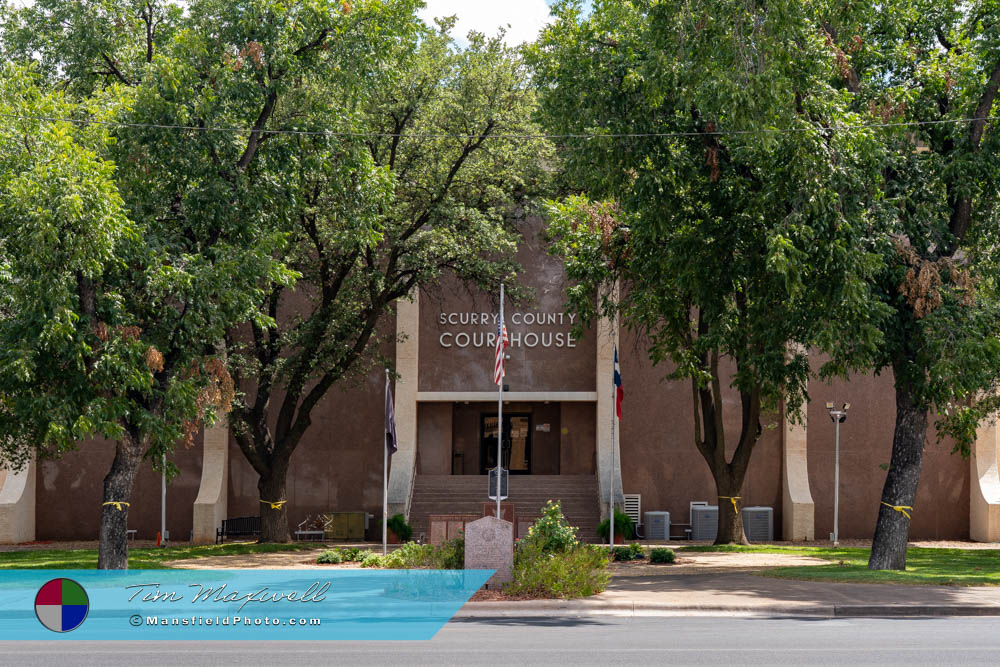Snyder, Texas, began as a rugged outpost on the buffalo hunting frontier and has grown into a vibrant small city with a story that spans the Old West, the oil boom, and modern revitalization. Founded in the late 19th century, the town takes its name from merchant and buffalo hunter William Henry Snyder, who set up a trading post in the area around 1878. What began as a cluster of tents and makeshift buildings along a buffalo trail would evolve into the seat of Scurry County and a hub for ranching, railroads, and oil.
A Frontier Beginning
Before Snyder became a town, it was a place where men like J. Wright Mooar made history. Mooar, a native of Vermont, arrived in Texas as a young man with a keen eye and an unmatched ability with a rifle. In 1870, he began hunting buffalo commercially, supplying hides for a booming market back east. In 1876, at his camp in Scurry County, he achieved a feat that still turns heads in frontier lore — killing one of only two known albino buffalo in Texas history. The rare white hide would later be displayed at the 1904 St. Louis World’s Fair. Mooar’s precision shooting earned him the respect of none other than Comanche Chief Quanah Parker, leading to a friendship in later years.
By the late 1870s, Mooar and his brother had transitioned from hunting to ranching, establishing operations that would become well-regarded throughout the region. The buffalo days were coming to an end, but the ranching economy was just beginning to take root.
Becoming a County Seat
In 1876, Scurry County was officially created, and in 1884 it was organized with Snyder as its seat of justice. Several prominent landowners, including W. H. Snyder himself, donated lots for the courthouse square. The original courthouse, built in 1886 from locally made red brick, sat on a site once crossed by buffalo trails. The courthouse square quickly became the social center of town, complete with a public windmill where residents gathered for community events.
Boardwalk sidewalks and hitching rails lined the square, and a corridor connected the courthouse to the county jail. Though the original courthouse was torn down in 1911, the replacement built between 1909 and 1911 still stands. Originally topped with a dome — removed during a 1950 remodel — the current courthouse remains an anchor in downtown life, its grounds still bounded by the same precinct lines established more than a century ago.
The Railroad’s Arrival
The early 20th century brought a transformation that would connect Snyder to markets far beyond West Texas. While the Roscoe, Snyder & Pacific Railway had been operating, it lacked the reach needed to fully integrate the town into statewide commerce. That changed thanks to C. W. Post, the cereal magnate from nearby Garza County, who contributed $50,000 to bring the Santa Fe Railway through Scurry County. By 1911, depots had been built in Snyder, Dermott, Hermleigh, and Pyron. The Santa Fe carried crops, livestock, and later, heavy equipment for the burgeoning oil industry. The line’s presence gave local businesses and farmers the lifeline they needed to thrive in a growing Texas economy.
Oil, Agriculture, and Growth
By the mid-20th century, Snyder had cemented its place as a regional economic center. Agriculture remained strong, but the discovery of oil in the area brought new prosperity. The Santa Fe Railway played a key role in transporting drilling rigs and other heavy machinery, supporting an industry that would sustain the town for decades. Ranching traditions endured alongside these developments, blending old West heritage with modern industry.
Downtown Character and Historic Preservation
Downtown Snyder today retains much of its character, with historic buildings and thoughtful restorations that keep the town’s personality alive. One standout is the beautifully restored Sinclair gas station, which looks like it could have been lifted straight out of the 1950s. Complete with multiple vintage gas pumps, an old Coca-Cola vending machine, and a collection of oil cans, it offers visitors a nostalgic glimpse of mid-century America.
Another downtown highlight is the small but striking Ritz Theatre. Though modest in size, the Ritz boasts a classic façade and an inviting marquee, making it a favorite local venue for events and community gatherings. Together, these landmarks contribute to a sense of place that blends history with ongoing community pride.
Community Spirit and Modern Snyder
While Snyder’s early years were defined by buffalo hunters, railroads, and courthouse politics, today it is a thriving community with schools, parks, and cultural institutions. Annual events celebrate the town’s heritage, and local businesses keep the downtown district alive. The preservation of historical sites — from the courthouse to the Sinclair station — shows an appreciation for the past even as the community looks toward the future.
Oil and agriculture remain important, but Snyder has diversified, welcoming new industries and emphasizing quality of life for residents. The town’s location in West Texas offers wide-open skies, stunning sunsets, and a slower pace that appeals to both visitors and those seeking a permanent home.
A Place Where History Lives On
Snyder’s story is one of transformation — from a dusty buffalo trail to a connected, prosperous county seat. Figures like J. Wright Mooar, the arrival of the Santa Fe Railway, and the enduring courthouse on the square mark turning points in that story. Today, walking through downtown, you can still feel the echoes of the Old West, the energy of the oil boom, and the resilience of a town that has always found ways to adapt.
From its early frontier days to its present-day vibrancy, Snyder remains a place where history isn’t just remembered — it’s part of everyday life. Whether you’re stopping to admire the vintage pumps at the Sinclair station, catching a show at the Ritz Theatre, or standing on the courthouse square imagining boardwalks and hitching rails, you’re experiencing a town that has managed to keep its past close while embracing the possibilities of the future.
📸 Interested in More Photos of This Town?










